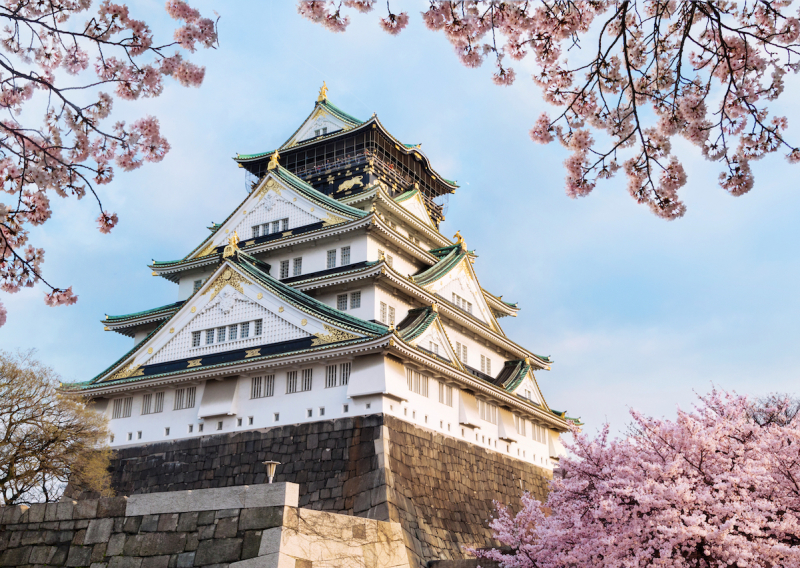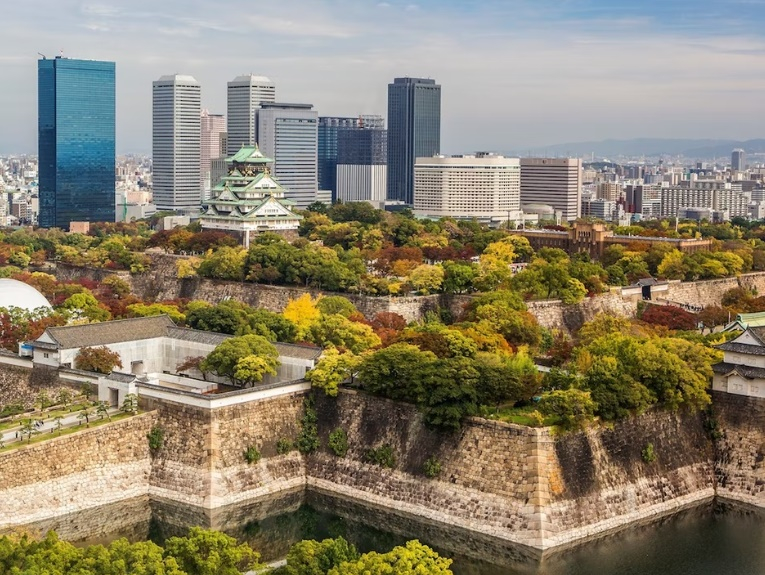Osaka Castle
Osaka Castle is a Japanese castle located in Chūō-ku, Osaka, Japan. The castle is one of the most beautiful historical sites in Japan, and it played an important role in Japan's unification during the Azuchi-Momoyama period in the sixteenth century.
The construction of Osaka Castle began in 1583 on the former site of the Ishiyama Honganji Temple, which had been destroyed thirteen years before by Oda Nobunaga. Toyotomi Hideyoshi envisioned the castle as the focal point of a new, unified Japan under Toyotomi's authority. It was the largest castle in the world at the time.
Tokugawa troops stormed and demolished the castle a few years after Hideyoshi's death, effectively ending the Toyotomi lineage in 1615. Tokugawa Hidetada erected Osaka Castle in the 1620s, but its main castle tower was struck by lightning and burned down in 1665.
The current ferroconcrete rebuilding of the castle tower was not completed until 1931. It remarkably survived the city-wide air raids during the war. In 1997, major restoration work restored the castle's luster. The castle tower is now completely modern on the inside, with an elevator for easier access. It has an interesting museum about the history of the castle and Toyotomi Hideyoshi.
Secondary citadels, gates, turrets, spectacular stone walls, and moats encircle the castle tower. The Nishinomaru Park, which includes the former "western citadel", is a lawn garden with 600 cherry trees, a tea house, the former Osaka Guest House, and excellent views of the castle tower from below. The garden, unlike the rest of the castle grounds, charges an admission fee.
Osaka Castle Park encompasses around two square kilometers of green space, sports facilities, a multi-purpose arena (Osakajo Hall), and a shrine dedicated to Toyotomi Hideyoshi. During the cherry blossom season, which normally occurs in early April, the park is one of Osaka's most popular hanami places.
Location: Chūō-ku, Osaka, Japan












